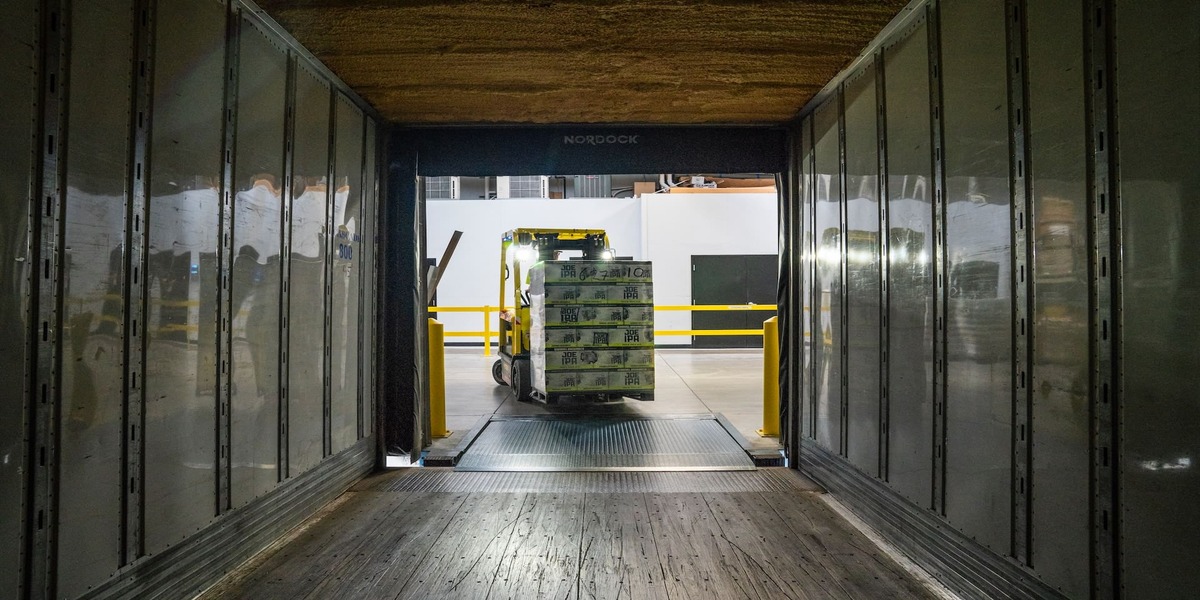We would discuss the long-term strategy of the hybrid work model in the international logistics sector, which will emphasize the actual challenges of the trade and harp on the possible methods to deal with such matters.
Hybrid Work Model in International Logistics Business
In the international logistics business, which is majorly routed by sea, the work model is people-centric, where physical presence is a must to make things happen.
We shall try to explain the process of how a container gets exported from India through the below points:
- Empty container is transported by trailer from the shipping lines' yard to the exporters' factory
- Once the container arrives at the factory/warehouse, the cargo needs to be stuffed
- The stuffed container is hauled to the destined port
- Once the container reaches port, various other activities (statutory and terminal-specific) are required to be complied with where the physical presence of personnel for every assignment is mandatory to confirm smooth passage of the consignment and ensure no loss of duty to the Government exchequer
- The international transportation of consignments are affected by the different type of vessels, which can only function with the optimum crew as specified. Rationing of the crew here is not permitted as per maritime laws
The activities are no different in importing consignments, where only the paperwork changes, but the activities remain people-oriented. Today with the advent of paperless customs procedures, the clearance of consignments from customs can be completed online, which is a welcome procedure for the trade at large. However, this business is categorized as an "Essential Service". The possibility of continuing the hybrid work model may not suit the trade and organizations.
The corporate departments acting as the engine room, like HRA, Customer Support, Finance, Procurement, etc., may continue to opt for the hybrid model, which will benefit the organizations financially by reducing the variable establishment costs.
To sum up, we need to categorize industries and keep the options open to aligning the hybrid work model as per suitability. We need to ascertain if the Government identifies a business as an "Essential Service". The essentiality of providing expected service can only be justified by physical presence and may not suit the online mode.
This article was contributed by our expert Chiranjit Goswamy
Frequently Asked Questions Answered by Chiranjit Goswamy
Q1. What is the impact of hybrid working?
Hybrid working models have both negative and positive impacts. Stated below are the impacts:
Positive Impacts
- Reduced establishment costs and variable expenses like electricity, costs for employee well-being, etc., from the organization's point of view
- Reduce work-life conflict, more time spent with family, reduction of time spent on commuting, and control of fuel costs are the positive impacts on employees
- Flexibility for employees
Negative Impacts
- Lack of ambiance, in the absence of an office/corporate environment, results in lower productivity for employees
- Negative impact on concentration at home, which come from family responsibilities
- Virtual vs. face-to-face meetings have many differences in influencing team decisions
- The continuous shift of employees between home and office environments results in a lack of settlement feeling, which affects productivity
Q2. What are the objectives of hybrid structures?
The objectives of hybrid structures are as stated below:
- Flexibility of approach
- Balanced workload
- Allow usage of matrix models for organization development
- Reduce the cost of running businesses (Majorly impacting infra and establishment costs)
- Ensure employee safety
- Identifying the correct skill set and suitability basis job description where location is not a constraining factor
Create an account to read the full article
Create Account
Already have an account? Sign in

